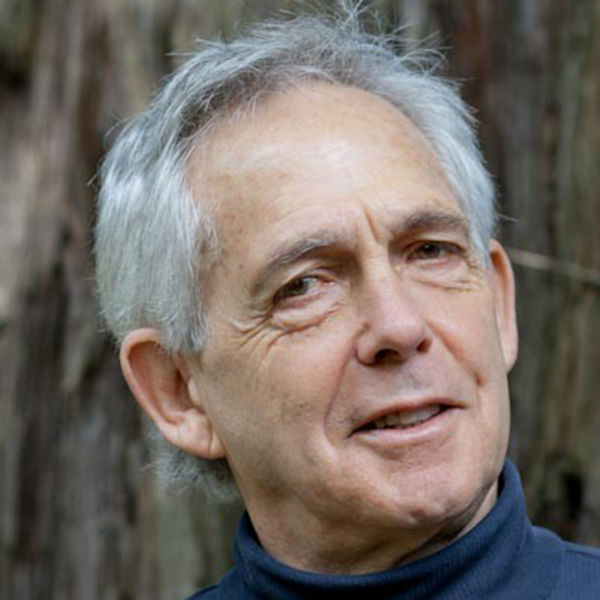You might think dogs have it made as man’s co-pilot. Richard Friedlander’s tale suggests otherwise.
Richard Halliburton was perhaps the best-known world traveler between the World Wars. As a senior at Princeton, he realized he wasn’t cut out for sedentary work and opted for a life of adventure, confident in his ability to make it pay. Blessed with a hardy constitution, he made his way around the world, hitch-hiking and stowing away on ships. He conquered the Matterhorn, Kilimanjaro, and Mount Fuji. He slept atop a storm-swept Mount Olympus and among the Iban people of Borneo. He dove seventy feet into the Sacred Well of the Mayas, and repeated it just to be photographed for proof he had done it. He swam the Panama Canal–the long way (the toll was thirty-eight cents), and crossed the unfinished Golden Gate and Bay Bridges–on their cables! In his two-seater biplane, the Flying Carpet, he visited Nazi Berlin and Stalinist Moscow. He met everyone in the world who was anyone, with a camera, his constant companion.
When his book, The Glorious Adventure, a reliving of Homer’s Odyssey, became a bestseller, he filled lecture halls.
On February 4, 1939, amid a flotilla of well-wishers, he left Hong Kong aboard a large Chinese junk, Sea Dragon, bound for the San Francisco World’s Fair. His courageous crew was eleven Americans, a young steward, two puppies and two kittens. Six days later, the battered junk returned to Hong Kong for repairs. Most of the crew, including the cats, jumped ship. The dogs stayed aboard.
It was typical Halliburton not to be discouraged. On March 24th, Sea Dragon set out again, though this time without fanfare. Two weeks later, she disappeared. Planes searching the Pacific found nothing.
